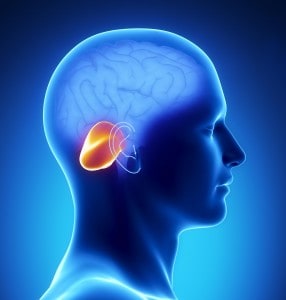NeuroBites is a series of bite-sized brain lessons for educators and therapists working to improve brain function.
The Cerebellum
- has more neurons than the rest of the brain put together; sits in a strategically well protected location in the lower rear part of the brain,
- is involved in balance, motor skills, cognition, language, emotional regulation and social interactions,
- and has the unique capacity to receive enormous information from many areas of the brain – motor, cognitive, sensory, language and even areas involved in emotional functions – and to quickly assimilate and process each need as speedily as it receives the information; often called the CPU (Central Processing Unit) of the brain.
The Cerebellum is involved in almost everything that we do

Pleasure/Fear response example: A child laughing as her brother chases her through the playground, or crying as her big brother teases her.
Automaticity example: Learning to ride a bike, to read or to type are examples of activities in which a healthy cerebellum is very important.
THERAPISTS & EDUCATORS
It’s no surprise that improving cerebellar function is central to working with learning difficulties (especially attention and reading), language disorders, autism, sensory processing, stroke or head injury. What is surprising is that we don’t yet have a Cerebellum Awareness Month!
How does iLs help cerebellar function? iLs is a simultaneous, multi-sensory training program. It gradually increases sensory input (from the visual, vestibular and auditory systems) from one session to the next, gently training the cerebellum to become more efficient at processing multi-sensory information. As efficiency improves, the body and motor functions become more organized, we process information more easily, learn new tasks more successfully, and take a huge step toward improving our general quality of life.



 © 2025 Unyte Health US Inc.
© 2025 Unyte Health US Inc.